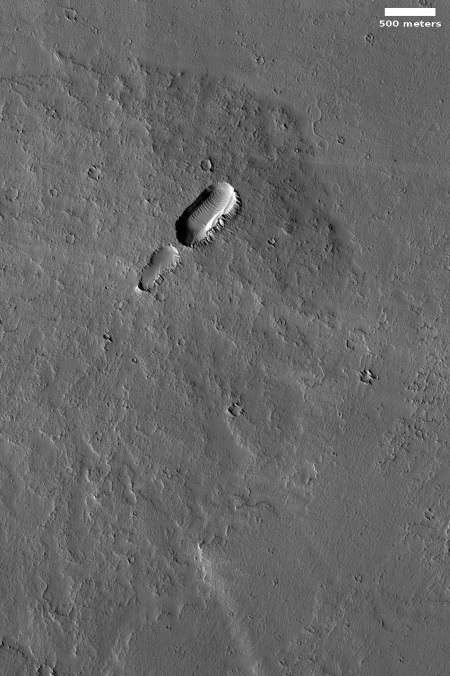Contract cancelled for Vostochny launchpad for Angara
The coming dark age: The Russian government has cancelled its construction contract for the much delayed Vostochny launchpad for their new much delayed Angara rocket.
Deputy Prime Minister Yuri Borisov, who curates the space and defense industry for the Russian government, announced the news on January 23 after the latest meeting with Prime Minister Dmitry Medvedev dedicated to financial problems at Roskosmos. Medvedev singled out Vostochny as a symptomatic example of poor management at the State Corporation. Only five out of 19 facilities were officially completed in Vostochny in the first phase of construction by the deadline last year, Medvedev said, according to the public recap of the meeting released by the Russian government.
After the closed-door event, Borisov told journalists that the aborted contract on the Angara pad cost the project at least six months in delays, but, he essentially admitted that the actual completion of the critically needed facility would be pushed back by around two years. “Let’s not have any illusions, nobody will be able to build (Angara pad) by 2021,” Borisov told reporters about the recent official deadline for the project, “Today, due to the juggling of prime contractors, the deadline is beyond 2021, but it (has to be) no later than 2023, because otherwise, it would be desynchronized with the development of the rocket, which would be ready but no place to launch from.”
These problems suggest that the corruption in Russia’s aerospace industry must be incredibly embedded. They, like our own incompetent federal government, can’t seem to get anything accomplished.
The coming dark age: The Russian government has cancelled its construction contract for the much delayed Vostochny launchpad for their new much delayed Angara rocket.
Deputy Prime Minister Yuri Borisov, who curates the space and defense industry for the Russian government, announced the news on January 23 after the latest meeting with Prime Minister Dmitry Medvedev dedicated to financial problems at Roskosmos. Medvedev singled out Vostochny as a symptomatic example of poor management at the State Corporation. Only five out of 19 facilities were officially completed in Vostochny in the first phase of construction by the deadline last year, Medvedev said, according to the public recap of the meeting released by the Russian government.
After the closed-door event, Borisov told journalists that the aborted contract on the Angara pad cost the project at least six months in delays, but, he essentially admitted that the actual completion of the critically needed facility would be pushed back by around two years. “Let’s not have any illusions, nobody will be able to build (Angara pad) by 2021,” Borisov told reporters about the recent official deadline for the project, “Today, due to the juggling of prime contractors, the deadline is beyond 2021, but it (has to be) no later than 2023, because otherwise, it would be desynchronized with the development of the rocket, which would be ready but no place to launch from.”
These problems suggest that the corruption in Russia’s aerospace industry must be incredibly embedded. They, like our own incompetent federal government, can’t seem to get anything accomplished.



